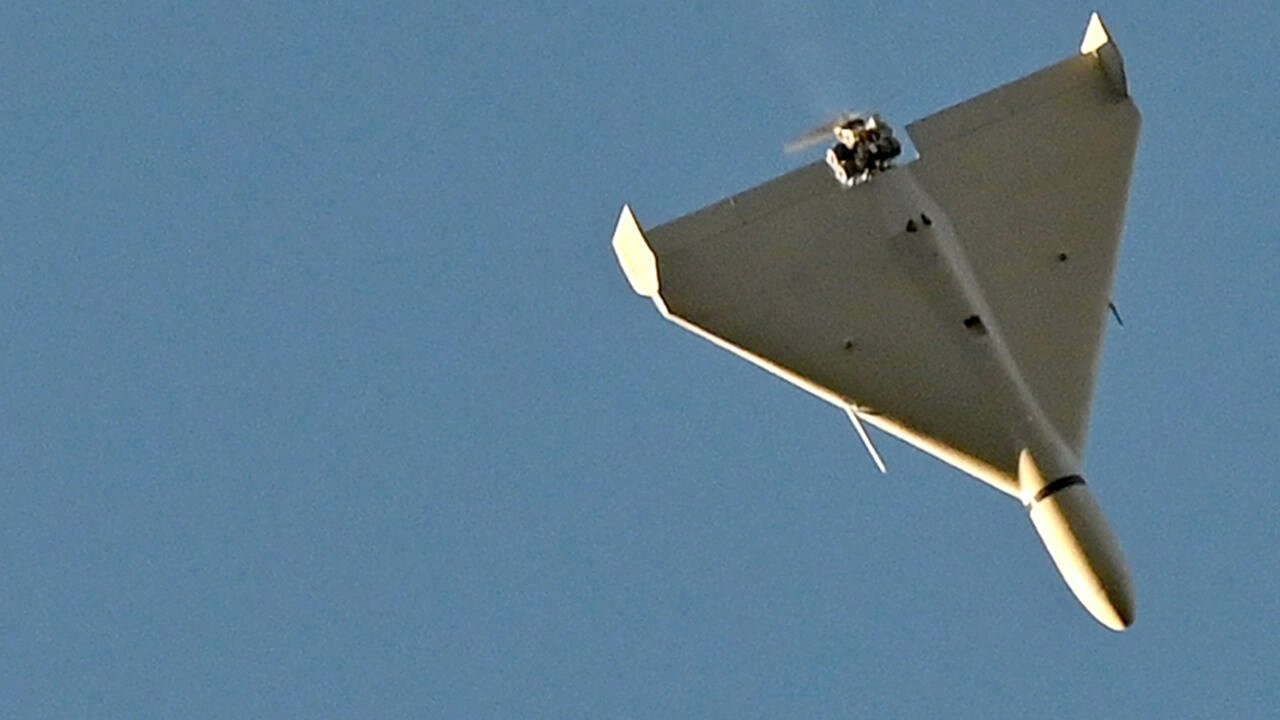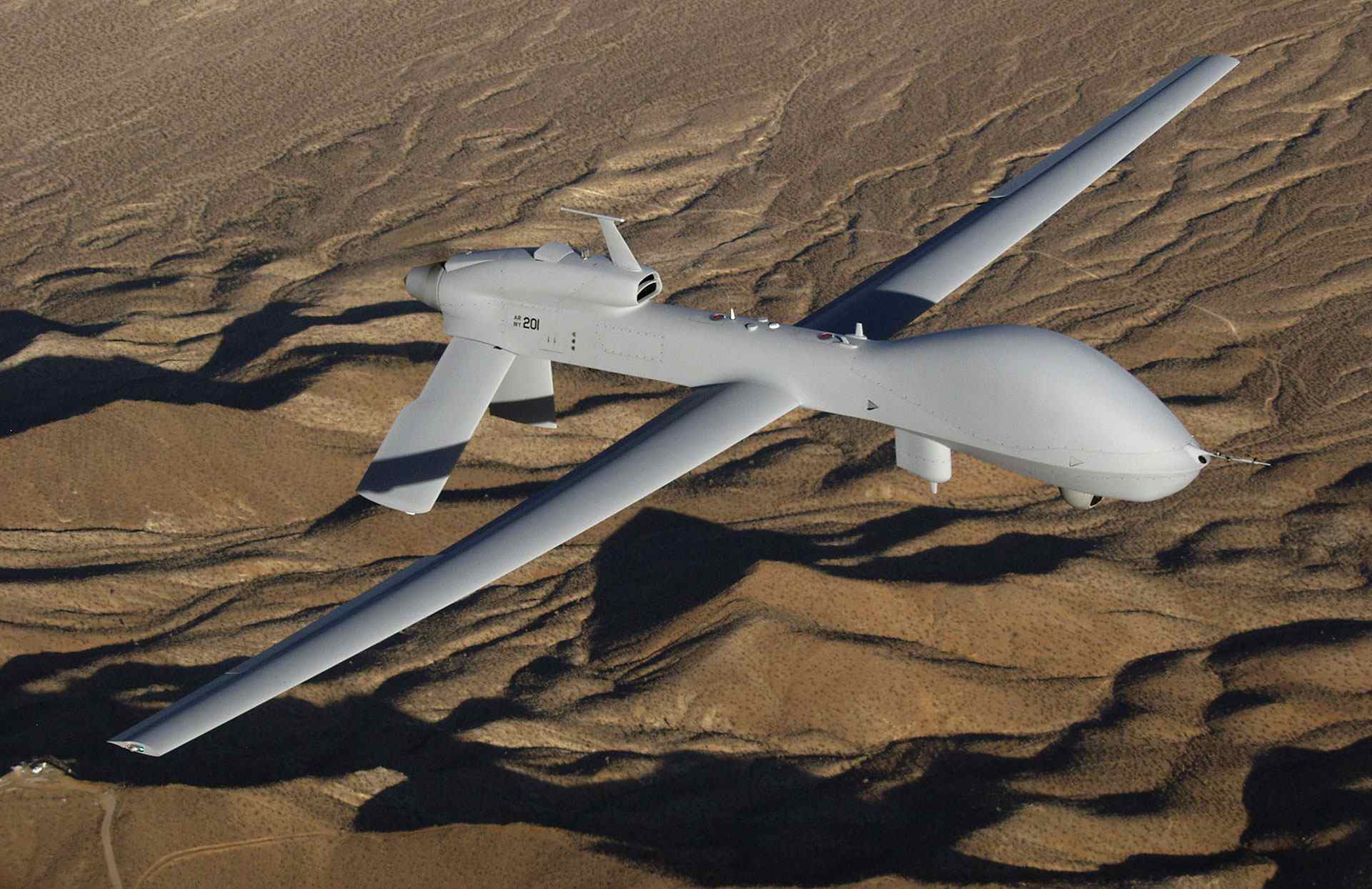An assessment of the use of drones in Ukraine by the Chief of the Air Staff (CAS) of the Indian Air Force (IAF), Air Chief Marshal Vivek Ram Chaudhari, has come under criticism from some defense enthusiasts on social media.
The criticism has been well-meaning but unwarranted, typical of the opinions expressed on social media based on cursory understanding and analysis accruing from information overload.
During the course of an interview with Business World, the CAS was asked – What is the big lesson for India from recent international conflicts particularly the one in Ukraine?
In his response, the CAS succinctly covered the broad lessons learned – delving into the resilience of air power in an extended war, the need to shape the battlefield using air power to conduct ground operations, and the importance of a sustained DEAD (Destruction of Enemy Air Defences) campaign.
Speaking about drone warfare, the CAS said, “Inputs about the effectiveness of the Remotely Piloted Aircraft (RPAs) have been mixed. While initial reports were largely positive, as the major action shifted to the East, where a structured Russian AD system was available, most inputs indicate high vulnerability and limited impact.
This highlighted the need for a multi-layered and ranged air defense system with both hard and soft kill options for dealing with RPAs. However, definitive conclusions can only be reached once the entire context and conditions become clear.”
The Chief’s summation, based on an early assessment of the drone warfare in Ukraine, was on the mark. As is the won’t of sharp military minds, what the CAS said was crisp, clear, concise, and, most importantly, correct.
First and foremost, it needs to be understood that Chaudhari spoke as the Chief of the Air Staff. He focused on the use of airpower, not the overall military campaign in Ukraine.
The airspace immediately over a battleground, through which artillery shells and rockets; spotter, targeting and loitering ammunition drones fly, falls under the purview of the army. Low-flying battlefield drones do not constitute air power.

The CAS was not questioning the effectiveness of battlefield drones. The authority to speak on battlefield drones would be The Chief of the Army Staff (COAS).
In contrast to battlefield drones, Medium Altitude Long Endurance (MALE) drones such as the Bayraktar, whether equipped for reconnaissance or attack, do constitute air power.
In his response, the CAS correctly alluded to the important role played by Bayraktar drones when operating deep in Ukrainian airspace during the initial stage of the Russian Special Military Operation (SMO) and how the role waned to a level of insignificance when the battle moved East where the airspace was protected by Russian layered air defense.
When Russian forces were battling close to Kyiv, Ukrainian Bayraktar armed drones flying in largely uncontested airspace extracted a heavy toll. Russian forces were not protected with layered air defense so the Bayraktar had a field day.
MALE drones like the Bayraktar have significant radio frequency (RF) signatures. They can be easily detected by radar and effectively engaged by air defense (AD) missiles.
The bombs and missiles carried by them have short ranges. They can impact ground warfare only in the absence of layered AD defense.
A EurAsian Times analysis posted earlier highlighted the limitation of MALE drones, concluding that even the transfer by the US to Ukraine of the much-vaunted MQ-1C Gray Eagle drones may not have an impact significant enough to offset the risk of the technology falling into Russian hands.

The big lesson for the IAF from the use of drones in the ongoing SMO is not that the IAF should embrace MALE drones but that IAF should deploy layered AD systems along India’s borders with hostile neighbors. And that is precisely what the CAS said.
Ukrainian drone operations “highlighted the need for a multi-layered and ranged air defense system with both hard and soft kill options for dealing with RPAs.”
Multi-layered AD systems deployed along our borders, as advocated by the CAS, would ensure that slow-moving cruise missiles such as the Russian Geran-2, cannot cross into Indian territory.
Yes, any autonomously piloted drone is really a cruise missile. In contrast, a drone is remotely piloted and the CAS very specifically talked about RPAs (Remotely Piloted Aircraft).
- Vijainder K Thakur is a retired IAF Jaguar pilot. He is also an author, software architect, entrepreneur, and military analyst. VIEWS PERSONAL
- Follow the author @vkthakur




